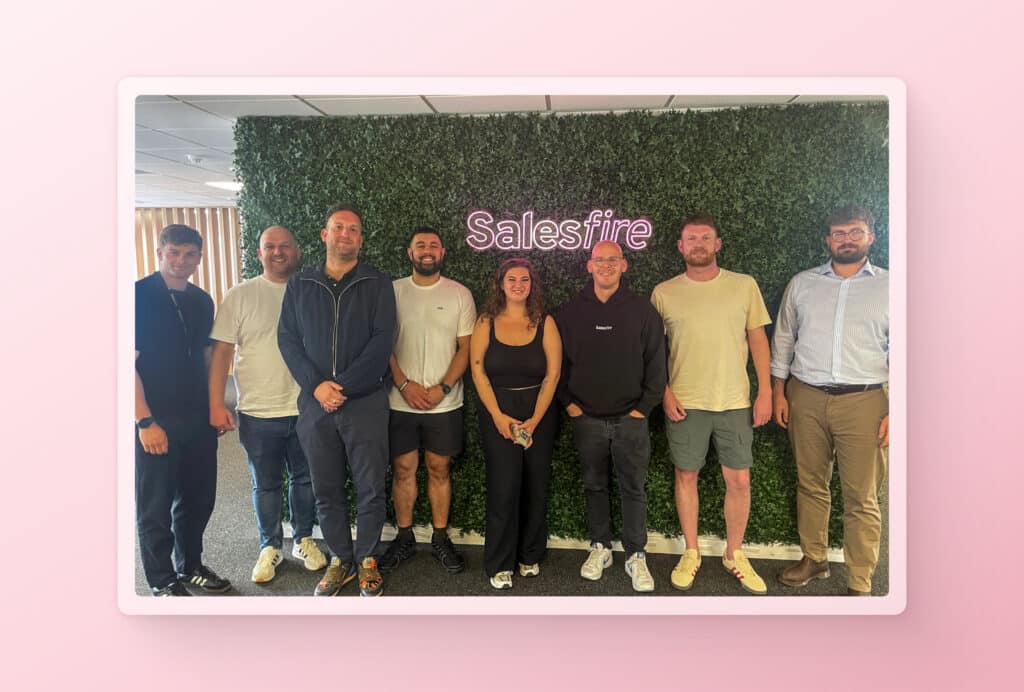A Guide to Conversion Rate Optimisation
By Laura Taylor • Last updated: Thursday Apr 25th, 2024
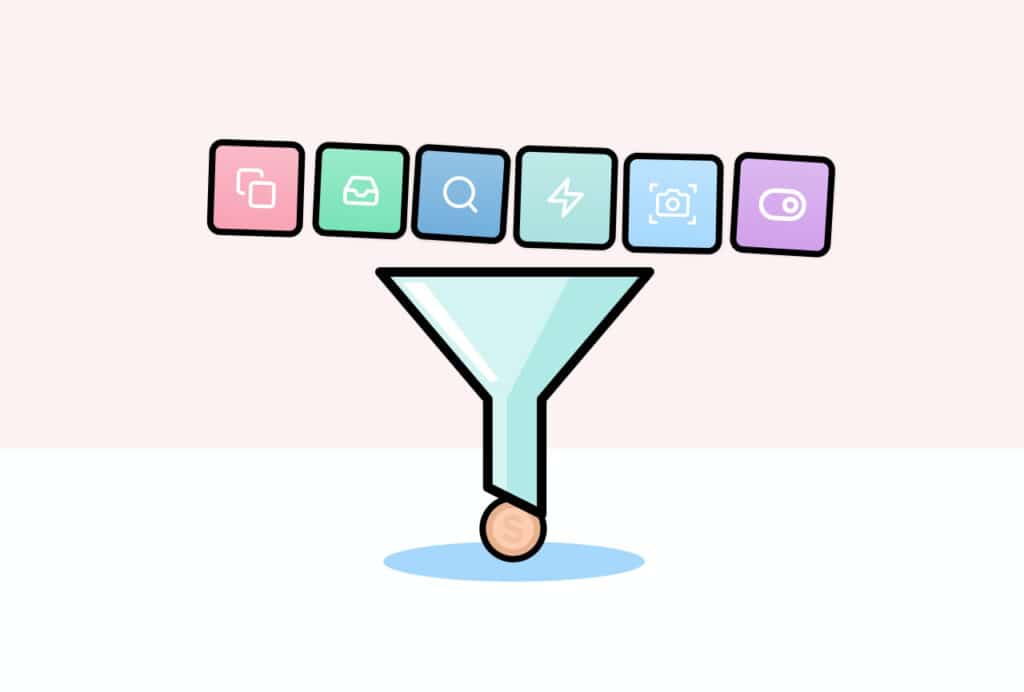
eCommerce conversion rate optimisation helps you turn more of your existing website traffic into customers.
Although conversion rates vary massively between different online stores, the average falls somewhere between 1 and 3%, meaning there are a lot of opportunities to convert even more shoppers.
Endlessly driving new visitors from various traffic sources to your site but failing to optimise the customer experience means your efforts will mostly be wasted.
This is why you need to adopt a conversion rate optimisation strategy to drive long-term eCommerce growth.
Let’s take look at the basics of conversion rate optimisation (CRO) – what it is, why you need to do it and how to get started.
What is a conversion?
Broadly speaking, a conversion takes place whenever a customer takes a desirable action.
Technically this can be any number of things, such as signing up to your newsletter, following you on social media, filling in a form or getting in touch with you.
In eCommerce however, a conversion usually refers to a customer making a purchase.
But it can also be useful to track micro-conversions occurring throughout the customer journey.
This could be when a visitor adds an item to their basket, interacts with an Overlay or creates an account.
These micro-conversions offer an insight into which aspects of your site are performing well and where you need to focus more attention.
What is a conversion rate?
Now we’ve outlined some of the actions that could constitute a conversion, a conversion rate is the percentage of visitors who complete these goals.
If your conversion rate is low, it means all the effort you’re putting into driving traffic to your site isn’t amounting to anything.
The better your site is at turning those visitors into customers, the better your ROI on ads and PPC and the more your brand and revenue will grow.
How to work out your conversion rate
To work out your current conversion rate, divide the total number of orders you received in a particular period by the total number of visitors who visited your site and multiply this figure by 100.
Bear in mind the average eCommerce conversion rate is between 1 and 3%.
Now, how do you go about increasing this percentage?
To do this you’ll want to focus on evaluating your site to see what works and what doesn’t.
What is conversion rate optimisation?
Conversion rate optimisation is all about testing different strategies to boost the percentage of visitors who complete a desired action.
CRO is all about focusing on the user experience.
Identify the challenges visitors are encountering on your site and streamline the customer journey to make it as seamless as possible to make a purchase.
There are countless different strategies you could implement and variables you could test to find the perfect combination. We’ll cover some of the key ones later in this article.
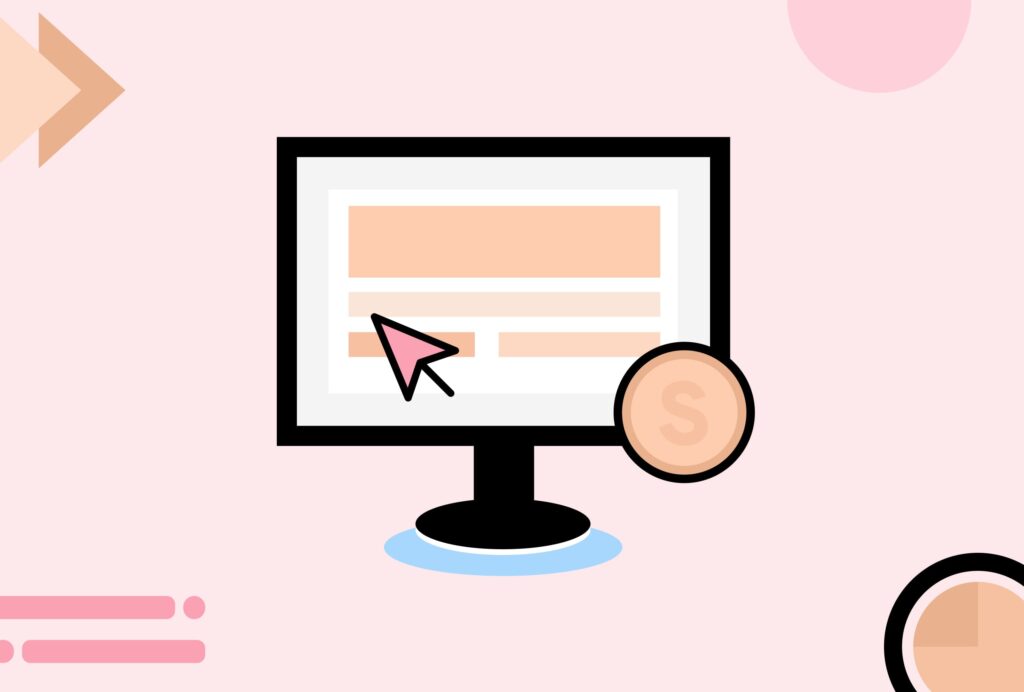
Why is CRO important?
You don’t need to increase ad spend or grow your marketing team, CRO improves what you already have to provide an elevated customer experience.
If your site isn’t optimised from homepage to checkout, you’re wasting your PPC and ad spend.
No matter how successful your paid marketing campaigns are at attracting new customers, delivering new traffic to an unoptimised site will never result in the growth you’re looking for.
The margins in conversion rates for eCommerce sites are so small that often simple changes across your site can accumulate into an impressive increase in conversions.
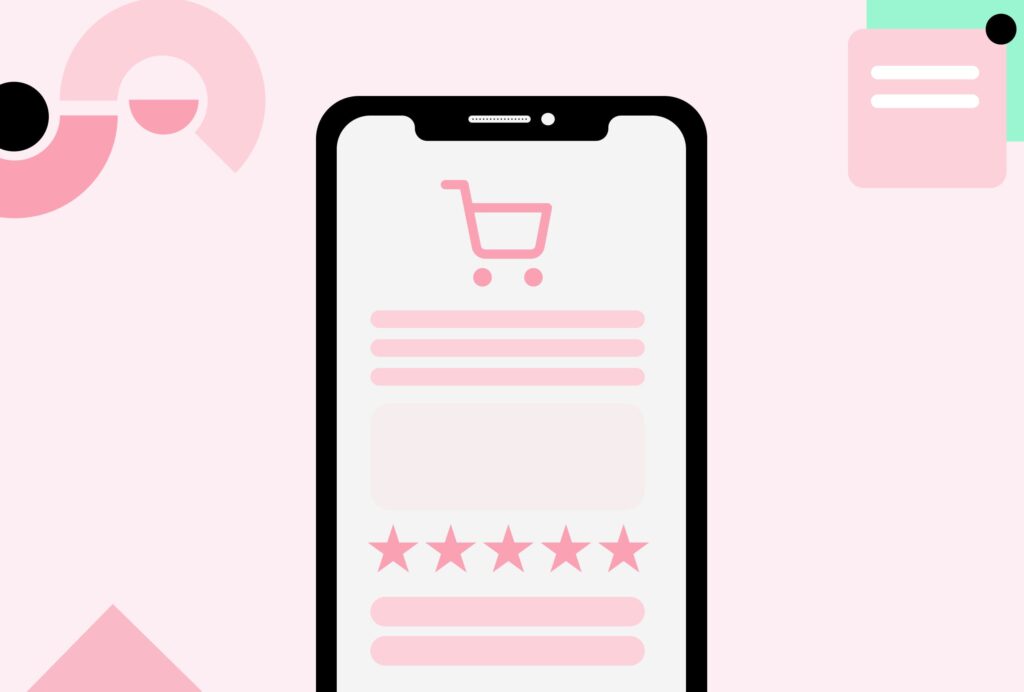
Benefits of CRO
1. Increase revenue and drive growth
If you’re defining a conversion as a customer making a purchase, the more you boost your conversions, the more revenue your site will generate.
Optimising your conversion rate is all about making it easier for customers to buy something.
But this isn’t just about focusing on the bottom of the funnel and making the checkout pages simpler, you should also consider product discovery, personalisation and messaging higher up the funnel.
Looking at the customer journey as a whole and removing points of friction will accelerate traffic to the checkout page and will ensure you’re delivering a memorable user experience that shoppers will enjoy.
2. Reduce customer acquisition cost
All of your marketing activities, from PPC and paid media campaigns to SEO are focused on driving traffic to your site.
This all comes at a cost. And if traffic is being sent to a poorly optimised site, you’re not going to see a welcome ROI/ROAS.
CRO is key to counteracting this. If your paid campaigns are highly effective at engaging and directing traffic, you need to make the most of the visitors they’re delivering to your site.
The more effective your site is at converting the traffic your marketing is sending its way, the lower your customer acquisition cost will be.
3. Increase Repeat Purchases
CRO is all about making the journey from initial click to purchase as seamless as possible.
As a retailer, this is great news for your revenue and conversion rate, but it’s also just as pleasing from a customer’s perspective.
Users place a huge amount of value on their online experience – products alone just won’t cut it anymore.
Shoppers are more likely to return to a site that offers a memorable, engaging and personalised experience – plus they’re more likely to tell their friends about it.
By simplifying the customer journey, you’re not only securing that initial conversion, but you’re also nurturing customer loyalty and encouraging repeat purchases.
4. Get to know your customers better
While researching how to make your customer journey smoother, you’re going to be gathering a lot of data on your customers.
This will range from user behaviour and purchasing patterns to in-depth feedback from questionnaires.
Unlocking this information on your ideal customer type will help you to focus your efforts, pivot strategies where necessary and feed into other areas of your business.
From marketing to buying, the more you know about your audience, the better you can communicate with them and the stronger your relationship will be – which forms the base of strong, sustained growth.
5. Drive quality engagement reduce bounce rates
The more your site is personalised and meets the needs of customers at every stage of the sales funnel, the more engaged users will be.
Removing pain points and friction throughout the journey will make it easy for customers to stay and explore your site, working to increase session durations and reduce bounce rates.
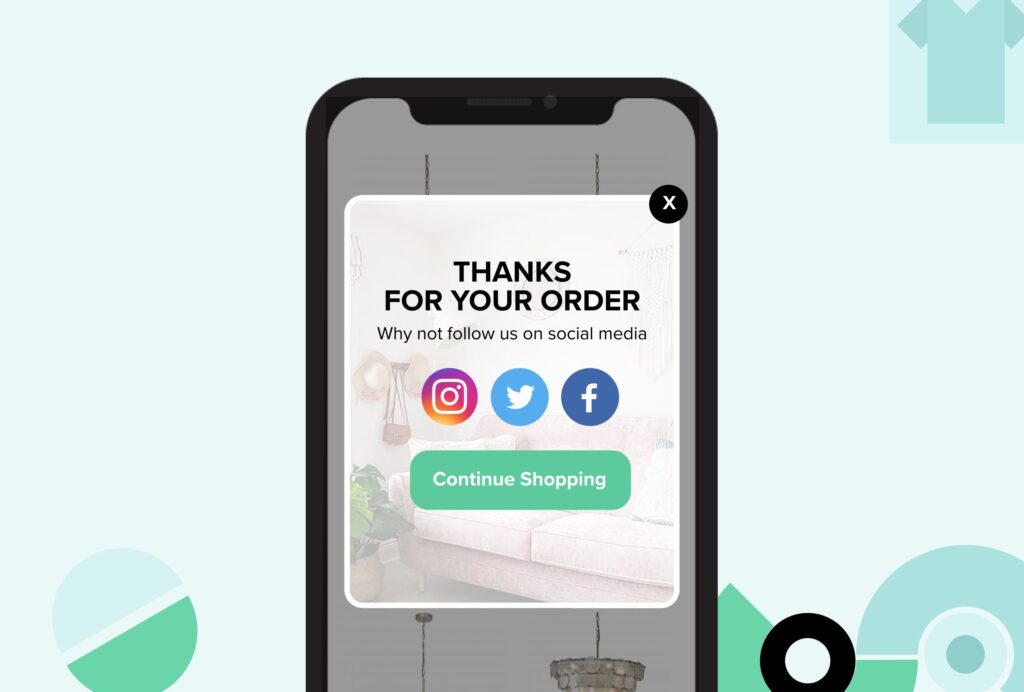
Where to start with CRO
Gather insights and data
Analytics is a crucial tool to consult when beginning your conversion rate optimisation journey.
Tracking customer behaviour on your website through Google Analytics exposes patterns and trends which can inform your eCommerce and marketing strategy.
By evaluating analytics data, you can discover where customers drop off the user journey.
Perhaps your data shows that a large percentage of visitors don’t even make it further than your landing page. Or maybe your checkout page has a high bounce rate.
A data-driven approach is a sure-fire way to identify the pain points in the customer journey and acts as a starting point for your optimisation efforts.
Evaluate the customer journey
Away from analytics, tracking the customer journey can also be as simple as making your way through your website just as a customer might.
Begin at your homepage and navigate your way through the site, searching for products, browsing product descriptions, adding items to the shopping cart, creating an account and completing checkout forms.
Experiencing this process from start to finish, rather than dropping in and out of individual stages, highlights pain points that could be affecting your conversion rate.
Request feedback from customers
Although you may know your website inside out, the greatest insights into your customer experience will likely come from your visitors.
When dealing with conversion rate optimisation, success comes in the form of a customer-centric approach. You can only improve your customer experience when you know what your visitors like and dislike.
Gathering feedback from converted customers is just as crucial as surveying those who chose not to convert.
Combining this information with data-driven insights allows you to identify pain points and opportunities and then implement changes that will increase the number of conversions.
Perhaps your research has unanimously identified a product page that is not performing well and would benefit from an injection of social proof or personalisation.
Or maybe customer feedback has identified that your customer support system is lacking, so you look to integrate a smart messenger system.
Strategies to improve your conversion rate
Now you’ve worked out the areas of your site that need addressing, you can start making improvements.
You’ll want to tailor your conversion rate optimisation tools depending on a customer’s position in the sales funnel and their on-site behaviour.
We’ve pulled together some strategies you can use as a starting point for your CRO journey.
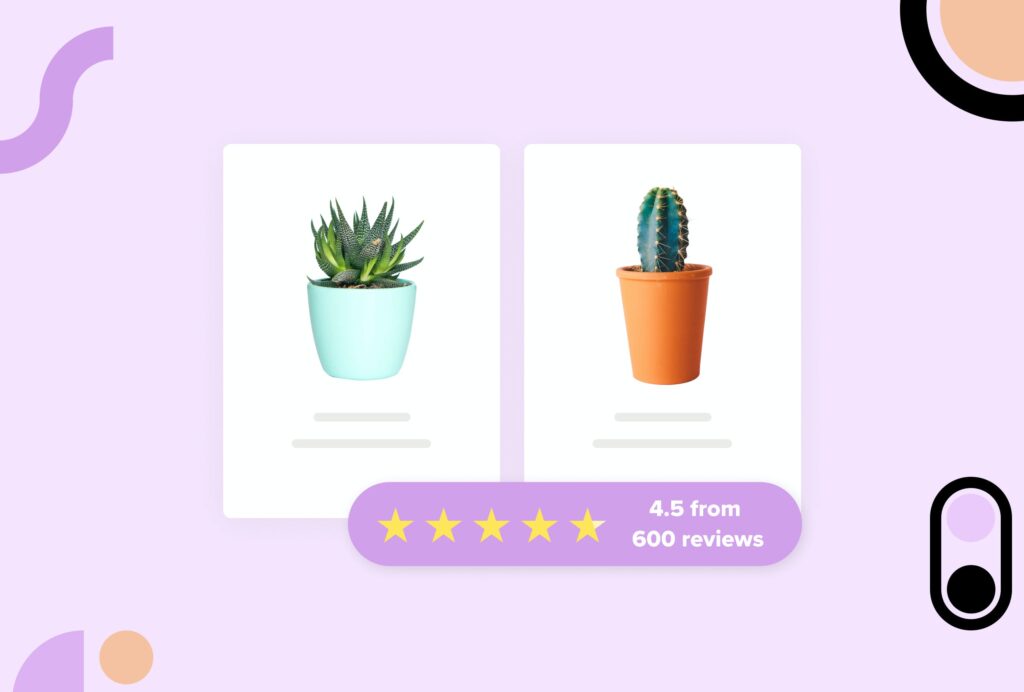
1. Make the first impression count
Users form their initial impressions in a matter of milliseconds.
If their way of entry is via your homepage, there’s a lot you need to consider.
Think of your homepage as the gateway to the rest of your site. It all starts here, so you need to build the foundations of your design, layout and navigation.
If one of these elements is unclear, confusing or unappealing, they won’t want to continue exploring your site.
You also need to think about how visitors are accessing your site and who these visitors are.
With more and more transactions taking place on mobile devices, optimising the mCommerce experience is a no-brainer.
Using tailored messaging triggered by user behaviour, you can greet returning visitors like old friends, pointing them towards where they left off last time or to products you know they’re going to love based on their purchase history.
When it comes to new customers, you’re going to know less about them and you’re going to want to convince them to buy into your brand.
Injecting social proof will be key to this.
Display your awards or reviews in the header or footer to reassure customers, or integrate user-generated content into your actual homepage design – the most convincing recommendation for new users always comes from your existing customers.
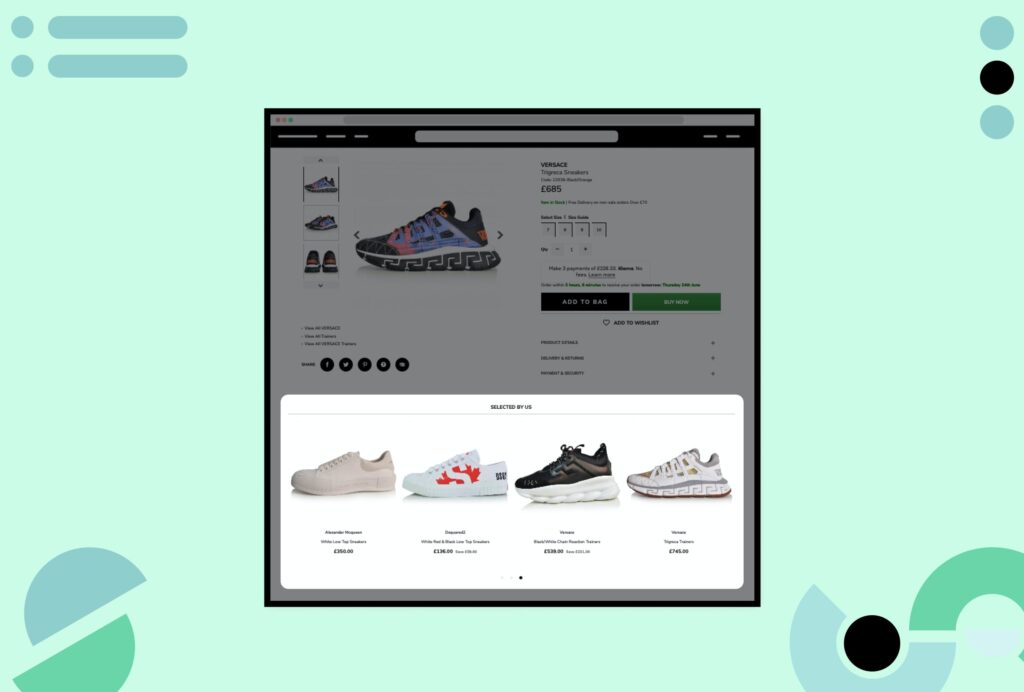
2. Maximise your product pages
As customers start browsing your site, you can begin collecting data on their interests and behaviour.
This is when you can start really tailoring the content and products you show them.
From a product page level, you can encourage them to explore more products and pages on your site with relevant recommendations – this internal linking will keep them engaged, increase their session duration and boost product exposure.
At this point in the journey, if users have viewed a few pages, you can start pushing your newsletter.
If they show intent to drop off because they’re not ready to purchase yet, prompting a newsletter sign up Overlay will help you build a high-quality subscriber base and keep these shoppers in the purchase funnel with retargeting emails.
For those shoppers who have found the perfect item and have a high intent to purchase, showing purchase and product view stats will create urgency and encourage them to purchase now rather than later.
For some users, the product they’re viewing might be close to what they’re looking for, but not quite right.
To stop them from exiting your site and trying a competitors’, show visually similar items to keep them engaged with your site and help them to find exactly what they’re looking for.
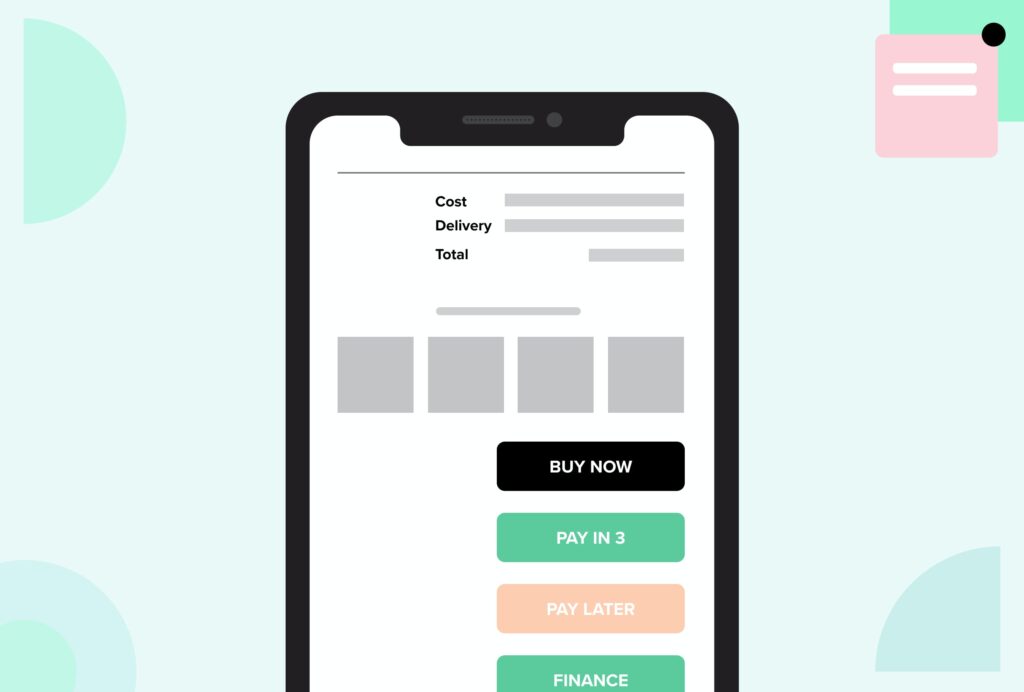
3. Simplify the checkout
When a user reaches your checkout page they are only a few quick clicks away from converting.
This means you need to do everything possible to keep them moving toward a purchase.
Make sure your checkout process is as simple as possible and customers are aware of the payment options you accept.
Lengthy forms and confusing layouts will turn shoppers away at the very last moment.
If they do decide to leave at this crucial point, without exit intent Overlays and basket abandonment emails they may be lost forever.
If you’re not attempting to capture and re-engage users who change their minds at the last minute, you will be missing out on a whole host of conversions.
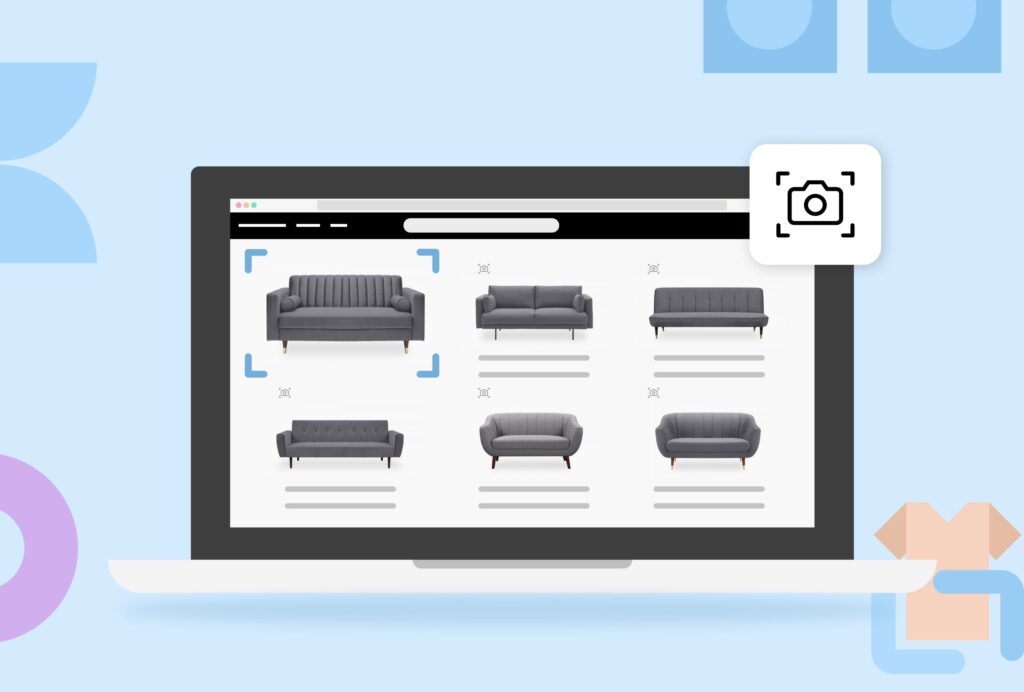
4. Improve the product discovery experience
When it comes to product discovery, you need to think about ways of entry.
If users are coming to landing pages or product pages from PPC or ads, you need to make the most of your product catalogue on these pages using recommendations or Visually Similar Search.
Having a strong, easy to use search bar visible on all pages will also encourage customers to conduct a search, propelling them forward in their product discovery journey.
Ensuring all of these tools are optimised and return accurate, relevant results will increase product exposure and help customers find their ideal purchase faster.
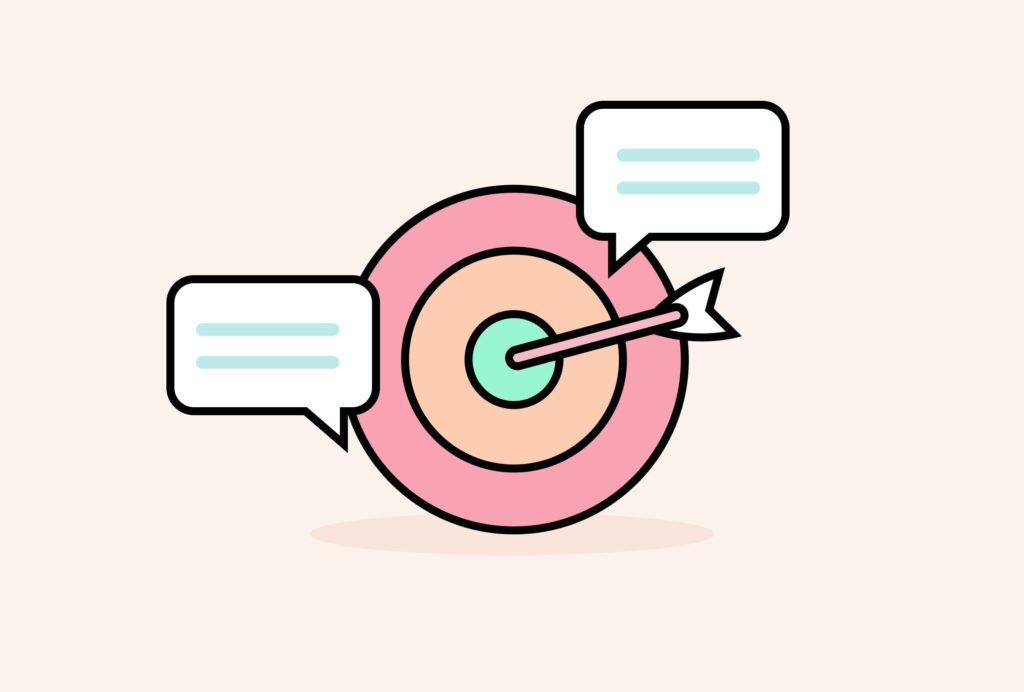
5. Personalise every touchpoint
Personalisation is key to converting window shoppers.
Use insights from similar customers to showcase products users might like, or use their browsing history to recommend intelligent upsells.
This will not only prompt a conversion but will also encourage users to build bigger baskets to increase your AOV.
Getting your messaging right throughout the customer journey will create a tailored experience that leads customers seamlessly to a conversion.
Use behavioural segmentation to deliver the right message at the right time that will resonate with each user.
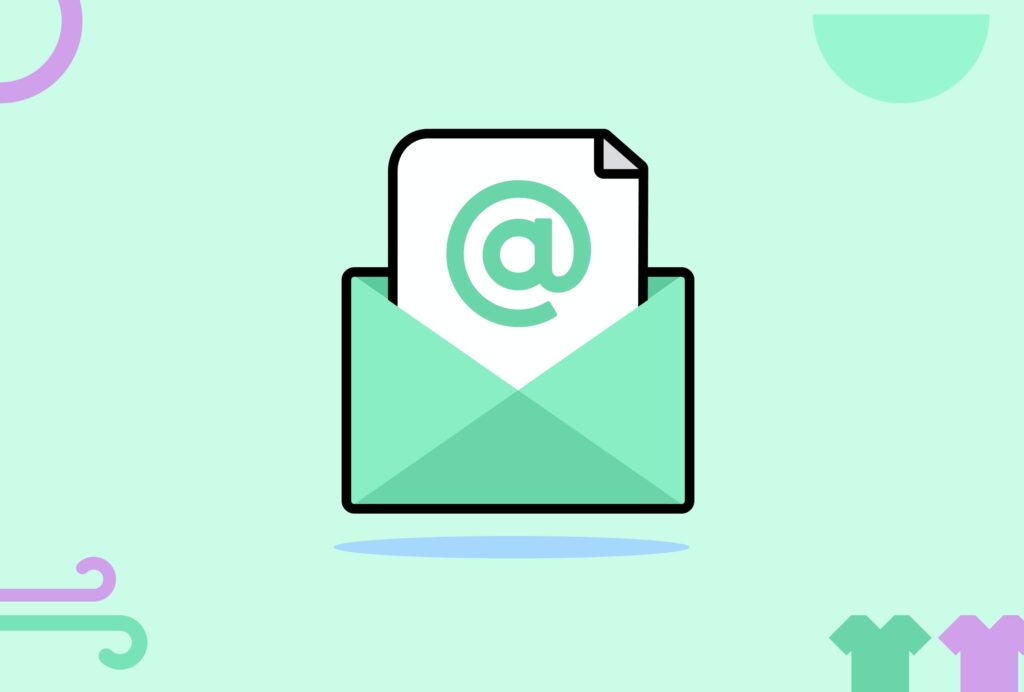
6. Continue your CRO off site
Just because a customer has left your site doesn’t mean your CRO campaign is over.
Use email retargeting to convert visitors who have abandoned their order halfway through the checkout process.
Abandoned cart emails have an average open rate of 45%, with an average clickthrough rate of 21%, so ensuring the content of these emails works is crucial.
And it’s not just basket abandonment emails that play a pivotal role.
Your newsletter and broader email marketing campaigns allow you to deliver your up-to-date campaigns and offers straight to those who are most interested.
Making these informative, timely and on-brand will encourage users back to your site and help cultivate a loyal and returning customer base.
Related: For a more detailed approach to generating a higher conversion rate, take a look at these ten strategies you could implement to turn window shoppers into customers.
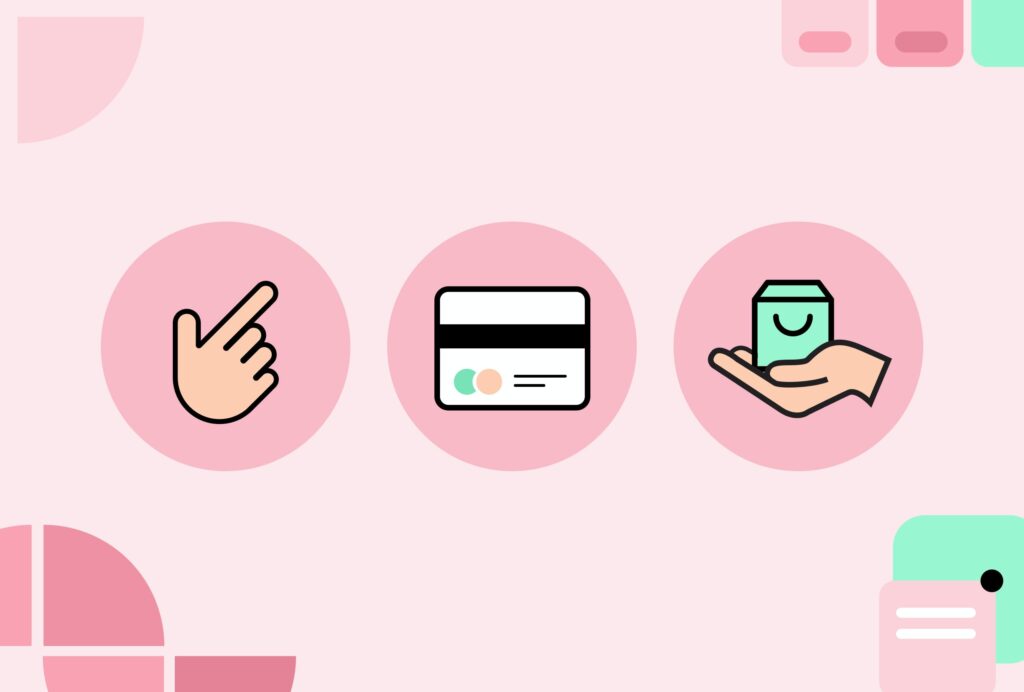
How to measure the results of CRO
When implementing changes to your site, it’s good practice to only test one element at a time so you can attribute any fluctuations in conversion rate to the correct feature.
Based on your initial conversion rate research, start with the most pressing problems or friction spots on your site and conduct A/B or multivariate tests to understand the most effective copy, design or feature.
From the strategy suggestions above, you can then tweak elements of pages to find the sweet point that your customers respond to the best.
There are various metrics you can use to measure the effectiveness of your CRO efforts. The most obvious being the impact on your conversion rate.
But you can also look at things like:
• Click-through rates
• Bounce rates
• Pages per session
• Time on site
• Number of newsletter sign-ups
You can then align these metrics with your wider business objectives to inform your strategy and apply it to the rest of your site.
Related: Why is A/B testing important and why should you do it?
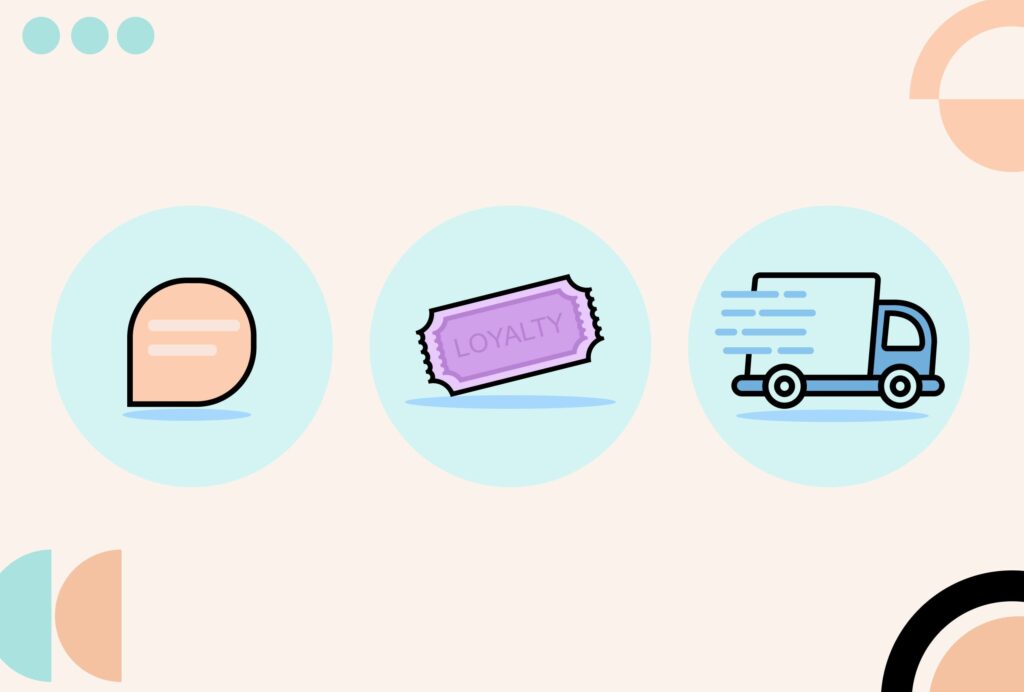
CRO tips for your business
1. Follow the numbers, not your gut
With so many opportunities for optimisation across a whole site, it can be tempting to base changes on a gut feeling.
But this is one scenario where trusting your gut isn’t necessarily the right plan of action.
In the end, CRO all comes down to your customer.
You need to listen to your customers’ wants and needs, trust the numbers from your CRO platform or GA, and then adapt your site where appropriate.
All of this work is ultimately to make the shopping experience easier and more attractive to users, so don’t neglect to consider their pain points when working through your CRO strategy.
It’s all about what your customers want, not what you think you need.
2. Every site is unique
Customer behaviour and habits vary depending on industry, country and product value.
What works for one site, may not work for you.
Every site is unique, so your approach to CRO needs to be tailored to your products and brand.
The effectiveness of discount codes, product purchases, scarcity marketing and product purchase stats are all dependent on your specific store and customers.
You know your audience and brand better than anyone. If something doesn’t feel right, it probably isn’t – but there’s no shortage of different strategies to try.
3. Make the most of existing traffic
The great thing about CRO is that it deals with traffic that’s already going to your site.
You don’t need to increase marketing spend or resources to drive more traffic, you’re focusing on making the most of the visitors who are already finding your site through your existing campaigns.
A lot of visitors will already have been through various touchpoints to get to your site, be it PPC, SEO, paid social or display ads.
Since you’ve already spent the time and money on directing traffic, working on your conversion strategy will help to get them over the line and make this effort worthwhile.
More traffic isn’t the be-all and end-all answer to boosting revenue, it’s about taking a look at where you are right now and perfecting the customer process.
4. CRO takes time
As with all optimisation projects, there are going to be some quick wins you can implement and start seeing results pretty quickly.
But your CRO project is going to take time, patience and perseverance.
And the main thing to remember is: it’s never complete.
Just as SEO is an ongoing journey, so too is CRO.
With changing customer behaviour and ever-evolving online shopping habits, you’re going to need to continuously review your strategy to respond to new trends and functionality.
5. One step at a time
A lot of CRO problems and confusion stems from trying to solve all your conversion rate issues at once.
If you see an improvement in conversion rate after making a lot of changes to your site at the same time, you’re not going to know which tweak has been the most effective at driving sales.
So you won’t know what to do more of, or what just simply isn’t working for your site and could be improved.
To get a clear picture and measurement of your CRO efforts, take it one step at a time, or at least one change per page and test that for a couple of weeks.
What does the future of CRO look like?
With online reigning supreme over the last 18 months, eCommerce is only going to become more competitive.
Using these CRO top tips will help your site compete with other stores, generate more revenue and boost customer loyalty and engagement.
Our intelligently designed products replicate the experience of the in-store sales assistant to increase your website conversion rate, engage customers, prevent basket abandonment and maximise online revenue.
See how Salesfire can help you optimise your product discovery experience, email one of our experts at [email protected] or book a free demo of our personalisation tools.


